Uzbek Beverages: Basic Overview
Common Ingredients
Common Preparing Methods
Key Taste
Drinking Etiquette
Culinary Festivals
Influence and Fusion
Types of Uzbek Beverages
-
Hot non-alcoholic
Hot non-alcoholic beverages in Uzbek are often made of tea and milk.
They are enjoyed throughout the day, particularly during meals or as a means of hospitality to welcome guests.
-
Cold non-alcoholic
Uzbek cold non-alcoholic beverages are dairy-based, tangy, and slightly salty, made from fermented milk.
Not vegan due to dairy, but vegetarian and gluten-free options exist.
Served as meal accompaniments or refreshments, they vary in consistency from thin to yogurt-like.
-
Distilled alcoholic
The most popular distilled alcoholic beverage in Uzbekistan is vodka, which comes in a variety of brands of local and Russian origins.
It’s an essential part of any social gathering or celebration.
-
Fermented Alcoholic
In Uzbekistan, fermented alcoholic drinks such as beer, wine, and champagne blend traditional and modern influences.
The beer selection includes both craft and industrial types, featuring everything from light wheat beers to rich stouts.
Uzbek wines are known for their sweetness and low acidity, a result of the country’s sunny climate, which improves grape quality.
Additionally, champagne holds a significant place in Uzbek drinking culture.
Uzbek Beverages: Signature Dishes and Beverages
-
Most Popular Beverages
These beverages are widely cherished in the country.
They include teas, dairy, and distilled alcoholic beverages.
These options vary from soothing and warm to refreshing, mildly tart drinks.
They are integral to local hospitality, mirroring Uzbekistan’s history and its diverse climatic conditions.
-
National Beverage
Uzbek green tea (kuk choy) is a central part of Uzbek culture.
It is served throughout the day in small bowls called “pialas” and is often accompanied by snacks.
-
Traditional Beverages
The traditional beverages of Uzbek cuisine are known for their savory, sour, salty, and complex taste.
They are influenced by various Central Asian countries, reflecting a blend of tea and fermented milk products.
Uzbek beverages are a diverse array of drinks widely enjoyed by the people in Uzbekistan. Usually, tea is an iconic choice in the country, being a national favorite.
Moreover, tea is an integral part of Uzbek culture, complete with specific methods of preparation, serving, and associated etiquette. Beyond tea, locals often enjoy fermented beverages, such as ayran.
Furthermore, dairy products like suzma and kaymak, made with cow or mare milk, are sometimes consumed in the country.
In Uzbekistan, alcohol plays a significant role in the daily life of many, including among the Muslim population. Normally, vodka is the preferred choice that was introduced by Russians.
Discover the rich tea culture of Uzbekistan and learn about the proper ways to enjoy it as I am going to delve into the details. Also, you can familiarize yourself with the Uzbek spirits and drinking customs, and a guide to pair beverages with dishes in this nation.
Explore the world of Uzbek beverages easily through filters and searches, or dive deeper with just a click on each beverage. Begin your exploration now!
5 Most Popular Uzbek Beverages with Filters
#2
in Uzbekistan
#1
in Uzbekistan
#3
in Uzbekistan
#4
in Uzbekistan
#5
in Uzbekistan
Uzbek Beverage Images
What Is the Tea Culture in Uzbekistan?
In Uzbekistan, enjoying tea is an interesting activity for the locals. Therefore, it’s essential for anyone to know about the tea culture of Uzbekistan:
Tea Preferences and Preparation
Green (kuk-choy) and black (kora-choy) tea are two favorite picks of Uzbeks, with kuk-choy being a more popular choice. For serving, the tea is served directly without sweeteners, while milk is a rare addition.
In Uzbekistan, tea brewing begins with warming the teapot, followed by a multi-stage process to enhance the flavor.
Social and Cultural Significance
In Uzbek households, tea is the most common drink used to show hospitality to guests at any given point of the day. Additionally, it’s common for Uzbek meals to both start and end with tea.
Interestingly, the country features tea houses known as chaykhanas, which serve as social hubs where men gather to enjoy tea and conversation.
Tea Etiquette
For serving, tea is typically poured into Uzbek cups (piala), filling about one-third of the cup to allow the tea to cool quickly for guest enjoyment.
While brewing tea, the act of kaitar is also important as it involves pouring tea into a different bowl and pot back and forth to produce the correct taste. As part of this tradition, Uzbeks often present one additional bowl beyond the number of guests.
Knowing about the tea culture isn’t enough, as it’s wise to take a peek at the proper methods of enjoying tea like an Uzbek local.
How Do You Enjoy Tea Properly as a Local in Uzbekistan?
Since tea is an essential part of Uzbek drinking tradition, it’s understandable that you need to learn the basic ways of enjoying this drink:
Brewing and Serving
Tea is always brewed fresh for each serving. The traditional Uzbek teapot and pialas (bowls) are used for serving. An extra bowl is often included for the kaitar process, which involves pouring tea into a bowl and back into the teapot to ensure a rich brew.
Guest Hospitality and Pouring
When guests visit, they are often greeted with green tea. Commonly, the host or the youngest man in a tea house is responsible for pouring the tea.
While pouring tea, locals pay respect to the process and the amount of tea in a bowl (often around one-third). To offer tea, people use their left hand to deliver the tea with the right hand placed on the left side of the chest.
Drinking Customs
In the presence of guests, it is customary for the host to personally serve the tea. Interestingly, pouring less tea for the honored guest is a unique aspect of Uzbek hospitality, encouraging the guest to ask for more, thereby enhancing interaction and respect.
Accompaniments
Tea is often served with homemade jam, honey, or traditional Uzbek snacks, enhancing the flavor and experience.
After going through the tea practices of locals, dive into more intriguing information revolving around the alcoholic spirits in Uzbekistan.
What Are Alcoholic Drinks in Uzbekistan?

Uzbekistan offers a variety of alcoholic options, including a range of spirits for exploration:
Vodka
This is the most common alcoholic drink, with both local and Russian brands available. It’s a staple at social gatherings and celebrations.
Beer
Beer is also popular, with a preference for sweet varieties. Both local and Russian beers are commonly consumed.
Wine and Champagne
Uzbekistan produces its own sweet wines and sweet champagne, with shakhrisyabz wine being noted for its sweet, Iranian-style flavor.
Having learned about some Uzbek alcoholic beverages, it’s insightful to delve into the country’s drinking and toasting customs.
What Are the Drinking and Toasting Customs in Uzbekistan?
Drinking and toasting are a crucial part of enjoying Uzbek beverages. To fully immerse yourself in Uzbek culture, you should take a look at these aspects:
Container
In Uzbekistan, it’s a common practice to drink vodka from porcelain tea bowls. The amount of alcohol consumed can vary greatly, from moderate to substantial.
Toasting
Toasting is a significant part of social gatherings and parties in Uzbekistan, with a series of toasts and speeches.
After the toast, everyone clinks their glasses together and drinks. It’s often expected that guests will finish their entire glass.
Speech and Toast Master
Uzbek parties often involve more speech-making than casual conversation. Hosts typically give formal addresses, which lead to toasts.
For large gatherings, each guest takes a turn as the toastmaster. The toastmaster stands, holds a glass of vodka, and delivers a speech that usually includes gratitude and praise for the host.
To uncover more facts about Uzbek refreshments, I suggest going through some of the questions relating to the topic.
How to Pair Uzbek Beverages with Dishes?
When pairing Uzbek beverages with traditional dishes, it’s important to consider how the flavors complement or contrast with each other. Here are some examples to make sure you can do it.
Ayran
A refreshing yogurt-based drink, ayran is perfect with hearty or meaty dishes, such as grilled meats (shish kebab or shashlik), pilafs, and stews.
Shirchoy
This is a tea made with milk and butter that can pair excellently with breakfast items like Uzbek pastries or breads.
Tea
Uzbek tea, typically black tea, can go with any meal, especially with snacks like nuts, dried fruits, and sweets like halva. It’s also enjoyed alongside main dishes like soups and grilled meats.
Vodka
As a strong spirit, vodka is traditionally consumed with dishes that have bold flavors. It is often enjoyed with salty or fatty foods like sausages and roasted meats.
Lastly, you should check some commonly asked questions about beverages in Uzbekistan.



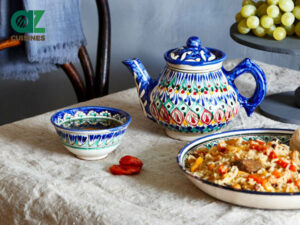
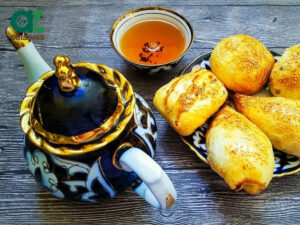

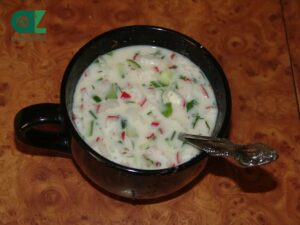
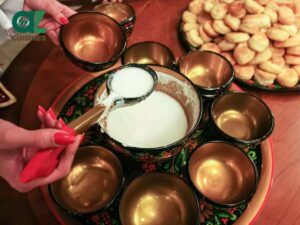

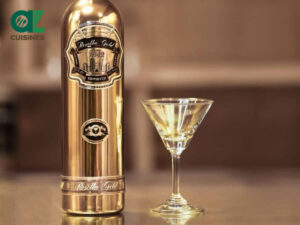

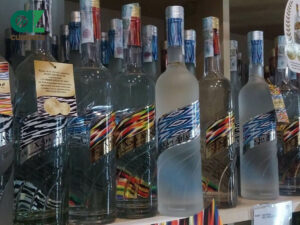
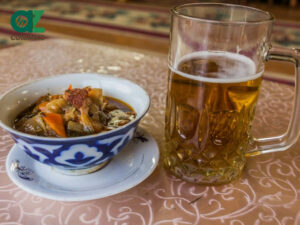
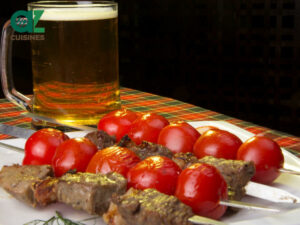


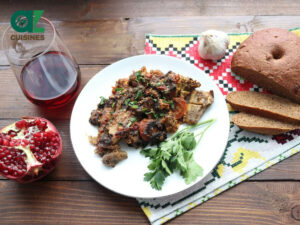


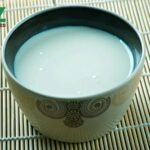
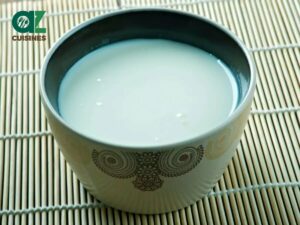
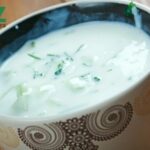
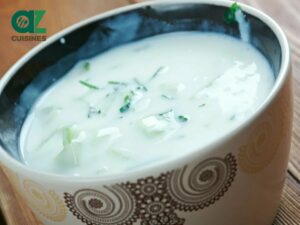





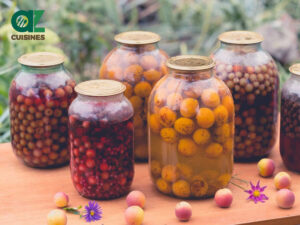
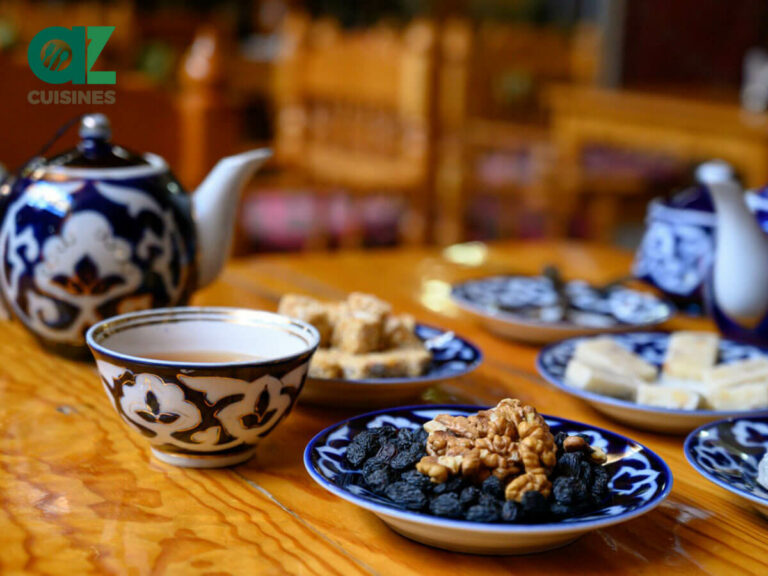






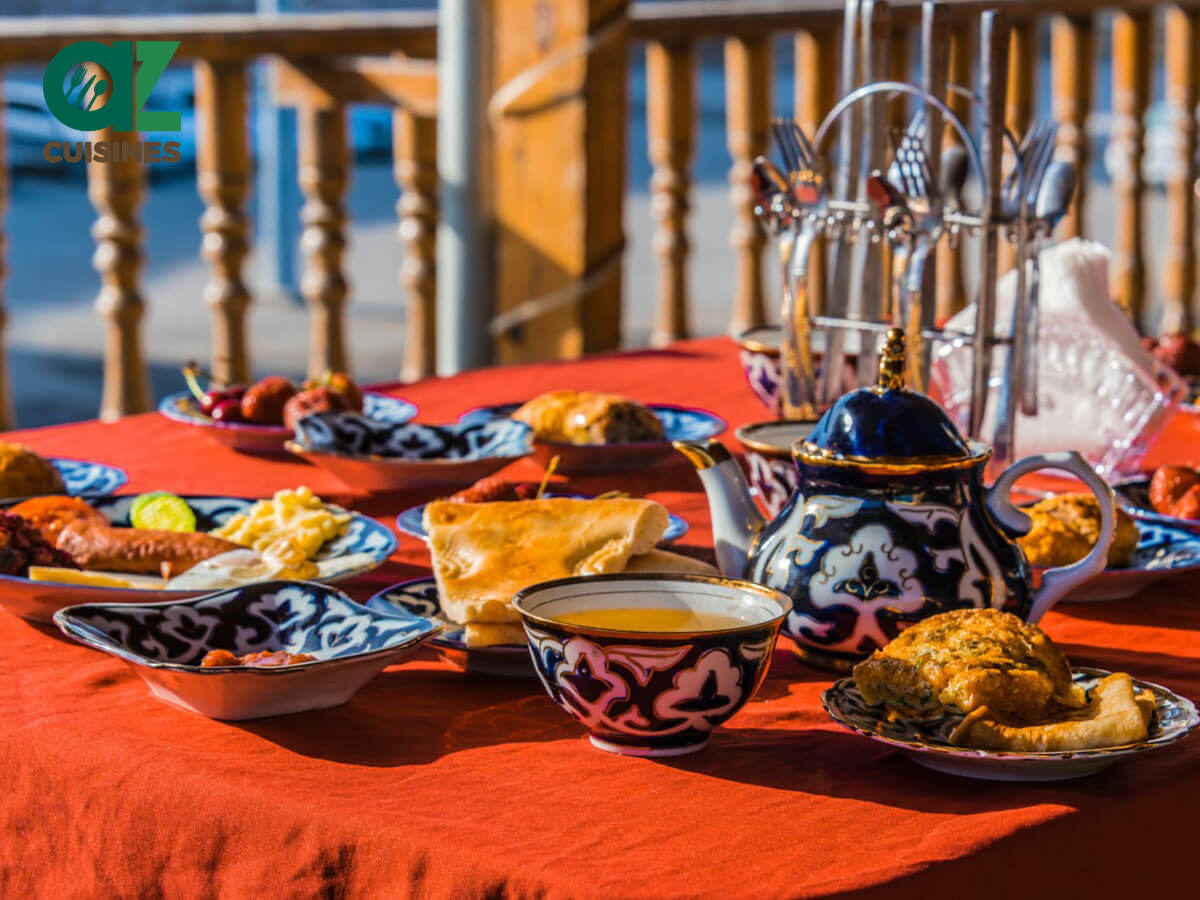
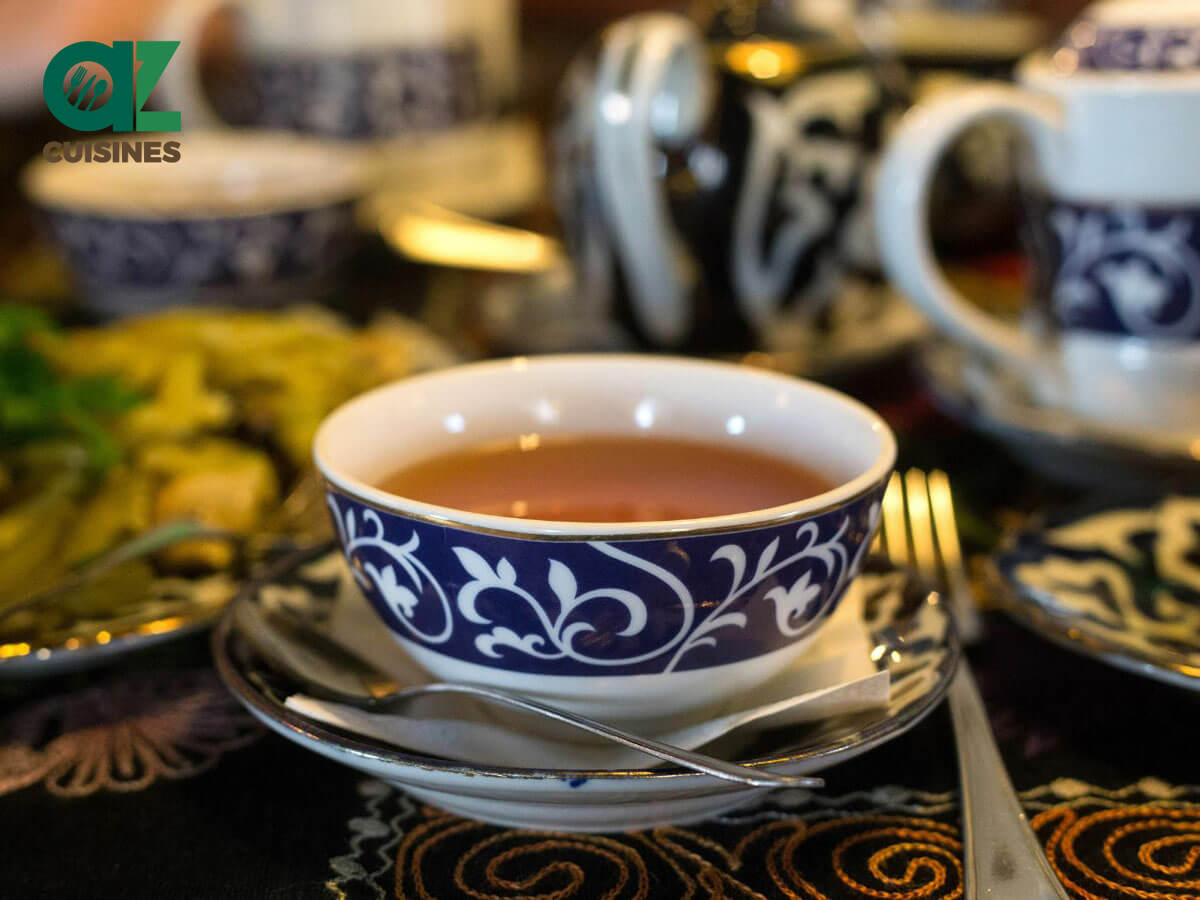

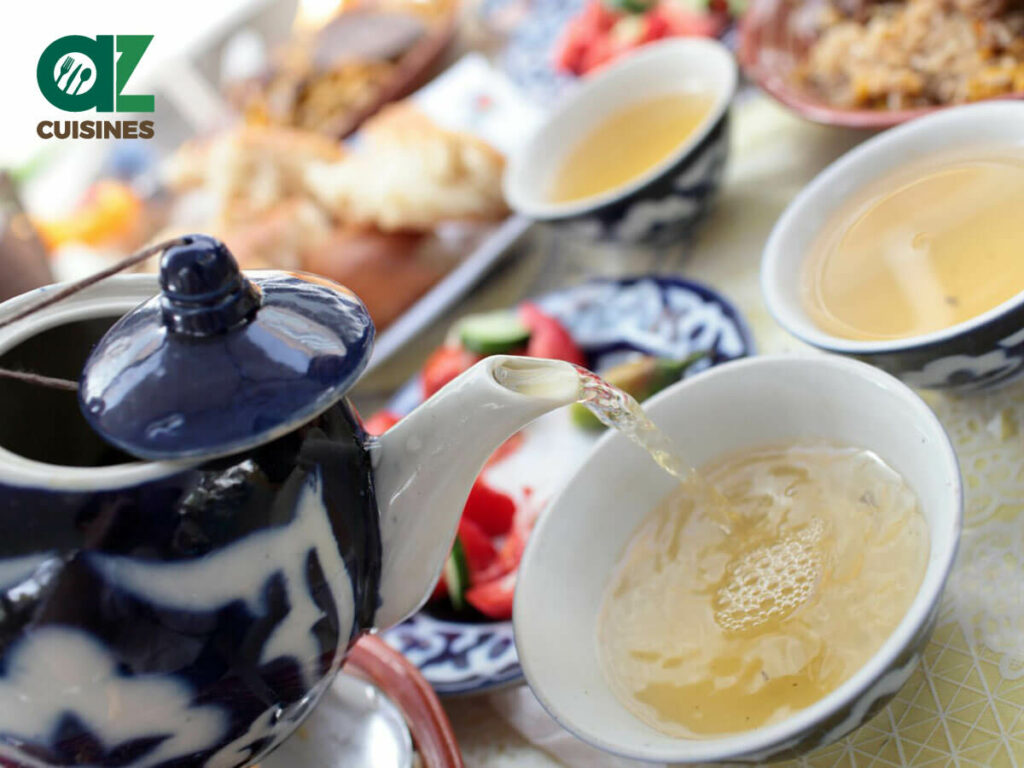
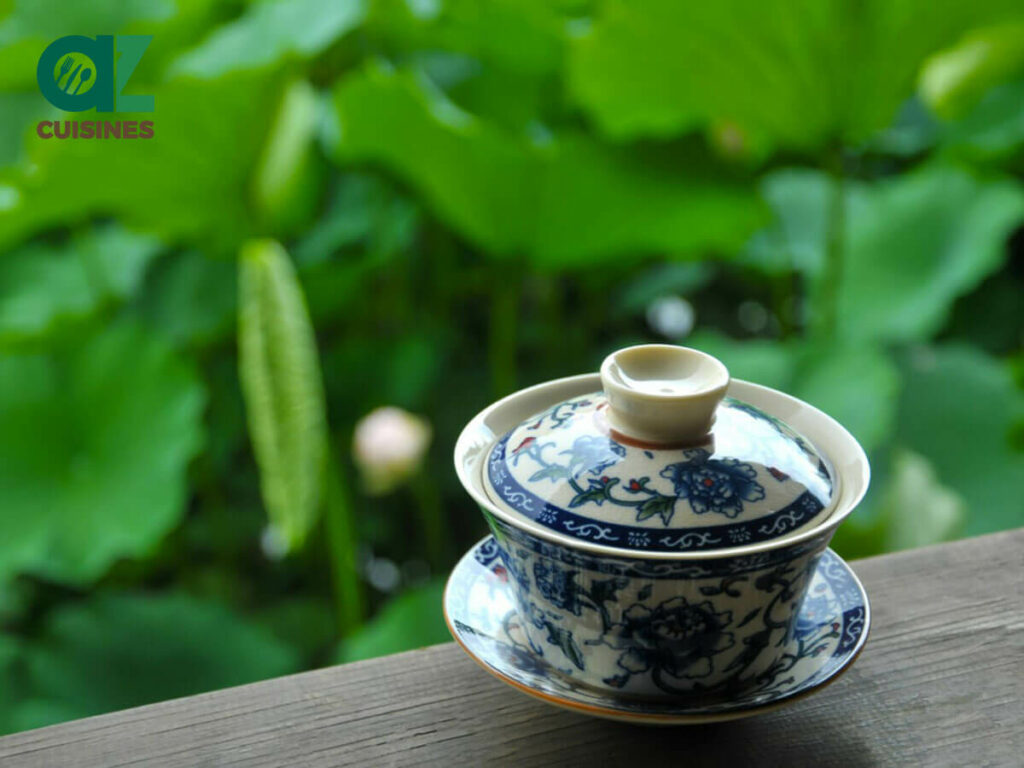
Adam Sam
Senior Food and Drink Editor
Expertise
Food Writer & Recipe Developer, Recipe Tester, Bartender, Cooking-video Maker, Editor In Chief
Education
Adam Sam, an experienced food writer and recipe developer, is passionate about blending diverse culinary traditions, national dishes, and innovative beverages, showcasing his proficiency in both traditional and modern recipe testing.
As the Editor-in-Chief, he elevates culinary content from street food to fine dining, focusing on Western cuisine and types of drinks at azcuisines.com, and is professional in creating engaging cooking videos that simplify complex dishes and ingredients.
His passion for food is evident in his writing, where he uniquely merges various cultures, traditions, and contemporary trends, skillfully combining classic recipes with modern cooking methods.